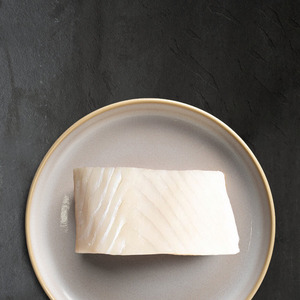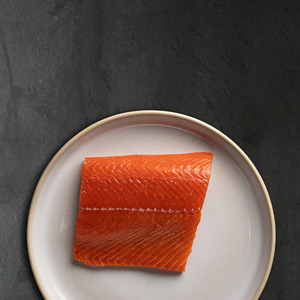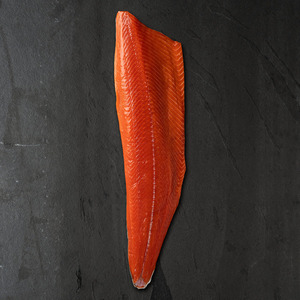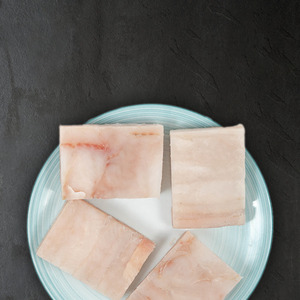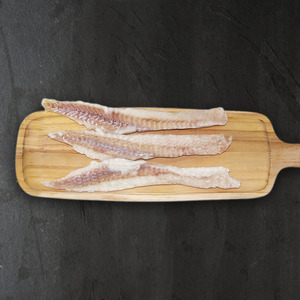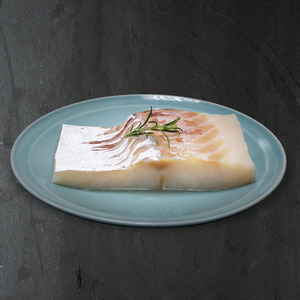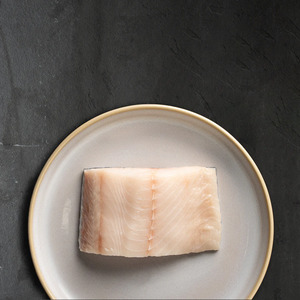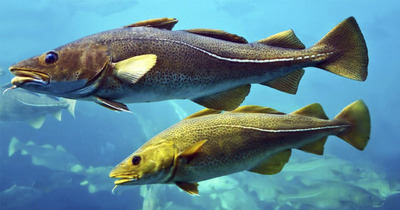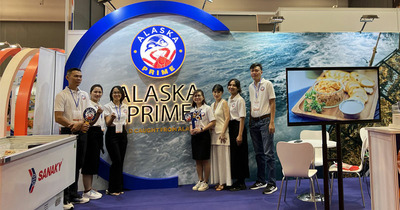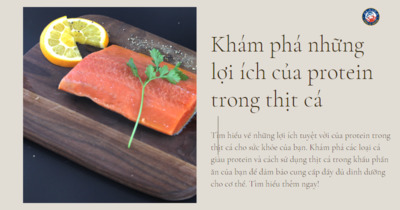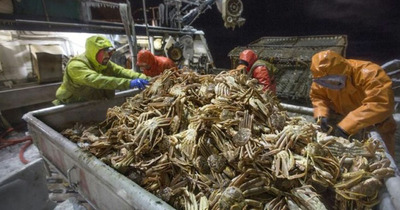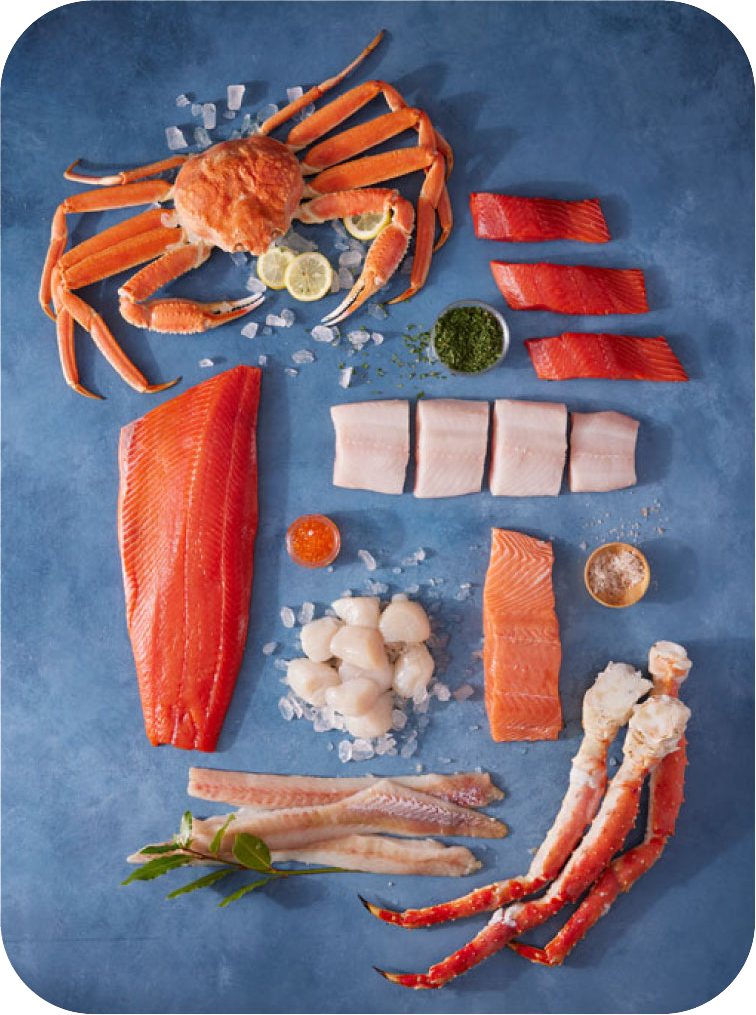I. Introduction to Fish Processing in Aquatic Product Manufacturing
In the seafood industry, the process of fish processing plays a vital role in transforming natural ingredients from the ocean into delicious and appealing dishes on our dining tables. The distinctive terms and concepts in this field not only create diversity in processing methods but also demonstrate respect for marine resources and the environment.
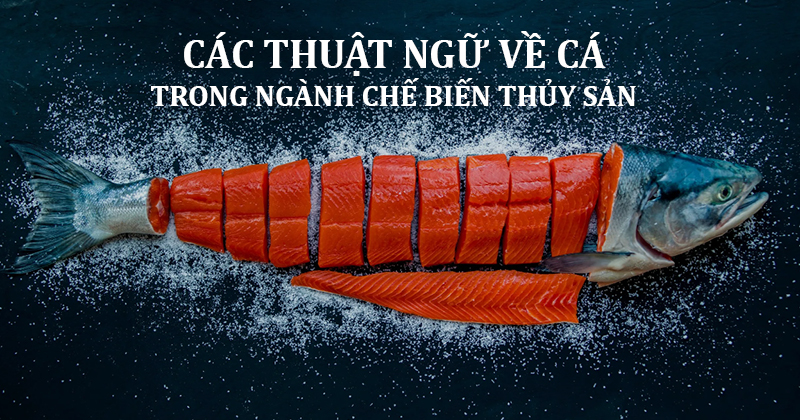
From delectable and convenient 'Fillets' to crispy and flavorful 'Steaks,' the use of 'Skin On' or 'Skin Off' to create differences in taste and culinary experiences, along with concepts like 'Butterflied Fillets' or 'Cheeks,' each term carries a story about how to cleverly and creatively process and enjoy fish.
In this article, we will delve deeper into these terms and gain a better understanding of how they influence the fish processing process and the enjoyment of fish-based dishes. You will find valuable information to appreciate the exquisite diversity and flavors of the marine world right in your dining experience.
II. Fish Processing Terminology
1/ Whole or "In The Round"
This term describes the type of fish that is caught whole, without being processed or divided into smaller pieces. A fish that is labeled as "Whole" or "In The Round" remains intact, including its head, fins, and tail, without being filleted or gutted.
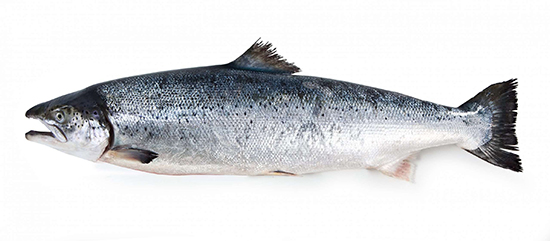
The process of catching and selling fish in its whole form brings numerous benefits. For fishermen, selling whole fish can increase the value of the product, as consumers often prefer fresh and unprocessed fish. Keeping the fish whole also helps preserve its quality and freshness.
For consumers, purchasing whole fish provides a unique experience. Consumers can choose to creatively prepare the fish according to their preferences and tastes. Keeping the fish whole also helps retain the natural nutrients and flavors of the fish, resulting in a more robust and appealing dish.
However, processing whole fish requires skill and patience. Fishermen and professional chefs often need to perform meticulous preparation and processing steps to create delicious and enticing dishes from whole fish.
In summary, the term "Whole" or "In The Round" in the seafood industry refers to the type of fish that is caught whole, including the head, fins, and tail, without undergoing processing or gutting. Processing whole fish offers an exciting experience and creates a variety of fresh and flavorful options for consumers.
2/ Drawn/Gutted
"Drawn/Gutted" is a term used in the fishing and fish processing industry to describe the process of removing a fish's entrails. When a fish is caught and brought ashore, workers proceed with the process of drawing or gutting the fish. This process involves cutting open the fish's belly from head to tail and removing the internal organs. This helps eliminate unnecessary organs such as the stomach and liver, making the fish safe for consumption and easier to process further.
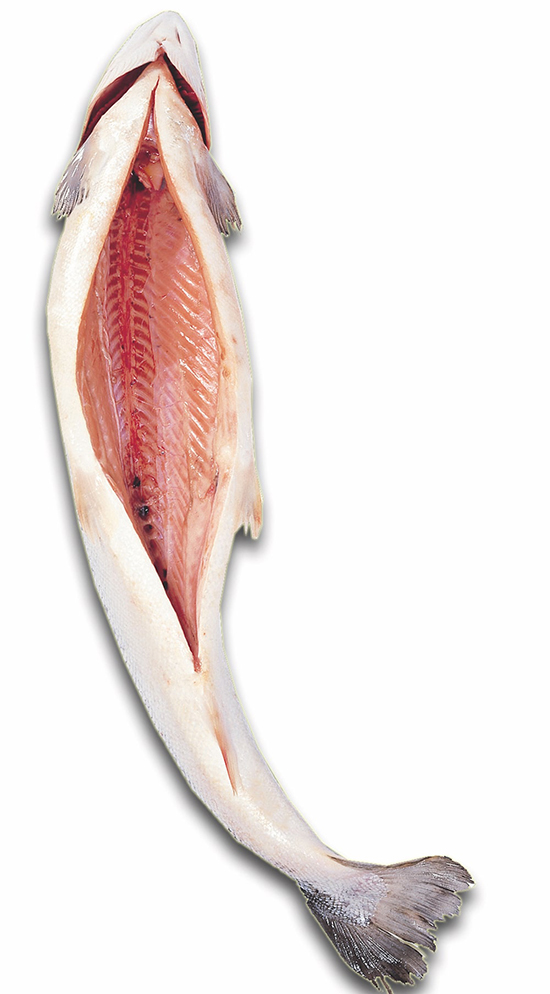
"Drawn/Gutted" is a crucial step in the fish processing process, as it removes organs that could affect the quality and taste of the fish. Drawing the fish also enhances its preservation during transportation and consumption.
After the fish has been "Drawn/Gutted," it can be further processed by cleaning and scaling, and it can be cut into fillets or sold whole, depending on customer requirements.
In summary, the term "Drawn/Gutted" refers to the process of removing a fish's entrails to make it safe and convenient for processing and consumption. This is an important step in ensuring the quality and freshness of fish products in the seafood industry.
3/ Headed & Gutted (H&G)
"Headed & Gutted" (H&G) is a term used in the fishing and fish processing industry to describe the process that occurs after a fish is caught. When a fish is caught and brought ashore, the "Headed & Gutted" process involves two main steps:
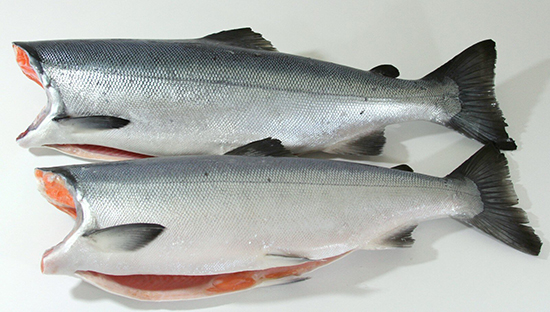
Heading: In this step, the fish's head is completely removed. Removing the head reduces the fish's overall weight, making it easier to transport and store. Additionally, removing the head enhances aesthetics and simplifies subsequent fish processing.
Gutting: After the head is removed, the fish's belly is cut open from head to tail, and the internal organs are removed. This process helps eliminate unnecessary organs such as the stomach, liver, and intestines, making the fish safe and easy to use for processing and consumption.
After completing the "Headed & Gutted" process, the fish can be further processed by cleaning and scaling, or it can be cut into fillets or sold whole, depending on usage requirements.
"Headed & Gutted" is a common process in the seafood industry as it streamlines the processing and preparation of fish, ensuring product quality and freshness during transportation and consumption.
4/ Dressed
"Dressed" is a term used in the seafood industry to describe the state of a fish after basic processing. When a fish is referred to as "dressed," it has undergone the steps of removing the head, gutting, and scaling.
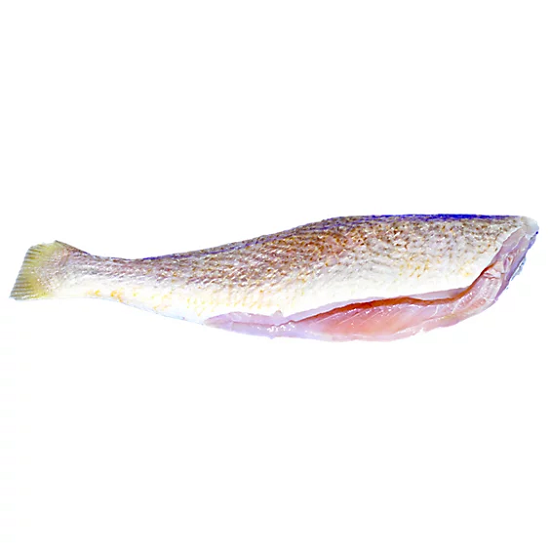
The "dressed" process includes:
Heading: Completely removing the fish's head, similar to the "Heading" step in "Headed & Gutted" (H&G).
Gutting: Opening the fish's belly from head to tail and removing unnecessary organs such as the stomach, liver, and intestines.
Scaling: Removing the scales from the fish's skin to create a smoother surface, convenient for processing and consumption.
Once a fish has been "dressed," it is often sold whole, ready for further preparation or cooking. "Dressed" fish offers a convenient and quick option for purchase and use, as consumers do not need to perform complex processing steps like removing the head, gutting, or scaling.
5/ Bullets
When discussing "bullets" in the seafood industry, we refer to specially shaped cylindrical pieces of fish meat, often cut from round fish such as salmon, tuna, trout, and catfish. These "bullets" of fish are usually processed by cutting perpendicular to the tail, giving them a bullet-like shape.
Consumers and the seafood processing industry favor "bullets" of fish due to their easily manageable size and shape for cooking. They can be prepared in various ways, including frying, grilling, steaming, or stewing, offering convenience and versatility in culinary enjoyment.
In summary, in the seafood industry, "bullets" refer to elongated cylindrical pieces of fish meat cut from round fish. They provide convenience and versatility in preparing and consuming fish dishes.
6/ Steaks
In the seafood industry, "Steaks" represent a specific method of cutting fish, often applied to larger and thicker-bodied fish like salmon, tuna, and swordfish.
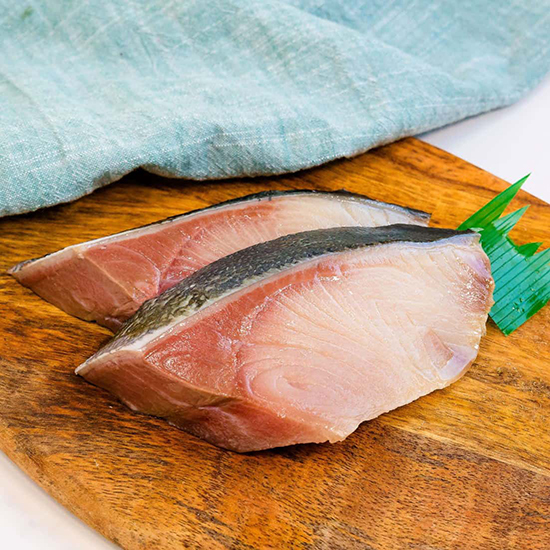
Fish "Steaks" are cut horizontally across the fish, from head to tail, creating thick, V-shaped pieces with the backbone in the center. This results in "Steaks" resembling slices or portions, similar to steak cuts. The process of cutting "Steaks" requires skill and precision to evenly and firmly separate the meat.
"Steaks" of fish offer several advantages. Firstly, they help preserve both flavor and quality during transportation and storage. Secondly, their thick and robust form makes cooking easier and reduces the risk of the fish breaking or falling apart. Lastly, "Steaks" provide convenience in preparation and consumption, as users don't need to remove bones or perform additional cleaning.

Due to their versatility and practicality, fish "Steaks" find applications in various dishes, including grilling, frying, stewing, and more. They offer a protein-rich and nutritious food source, delivering diverse culinary experiences and flavors for consumers.
7/ Fillets
"Fillets" refer to pieces of fish meat that have been separated from the bones and skin. The process of extracting meat from fish is called "filleting."
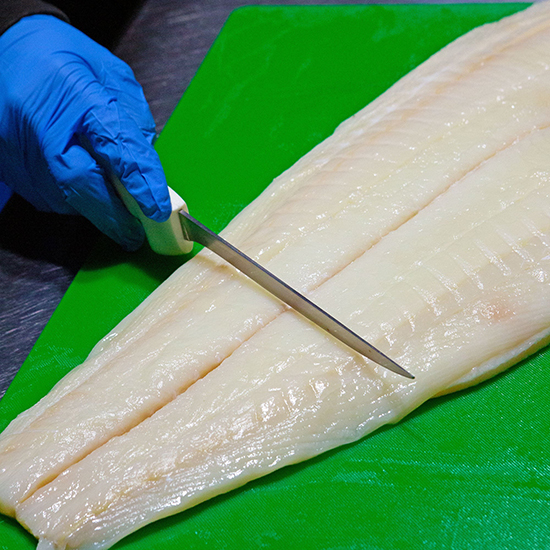
Fish "Fillets" typically have a long, thin, and flat shape. They are cut from round fish species such as salmon, trout, catfish, and various others. Consumers appreciate "Fillets" of fish because they are boneless and skinless, making them easy and convenient to prepare and consume.
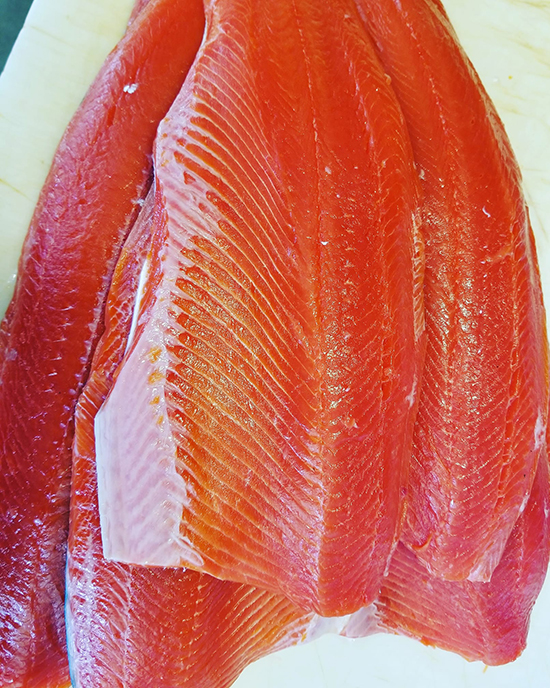
The "filleting" process is a delicate one that requires skill and experience. First, the worker removes the fish's head and cuts along the spine to separate the meat. Then, they remove the fish's skin by making a smooth cut from the skin to the meat, leaving the meat clean and presentable.
"Fillets" of fish have numerous applications in culinary preparation, including grilling, frying, steaming, stewing, and more. They provide a source of protein and nutrients and offer diverse culinary experiences and flavors for consumers.
8/ Butterflied Fillets
"Butterflied Fillets" refer to pieces of fish meat that are opened up like butterfly wings after being separated from the bones and skin. The process of creating "Butterflied Fillets" is called "butterflying" or "butterfly filleting."
"Butterflied Fillets" of fish typically have a longer, thinner, and wider shape compared to regular "Fillets." The "butterflying" process starts by cutting along the fish's back, from head to tail, but not completely through the meat. The meat is then opened up like butterfly wings, creating a wide and flat meat surface.
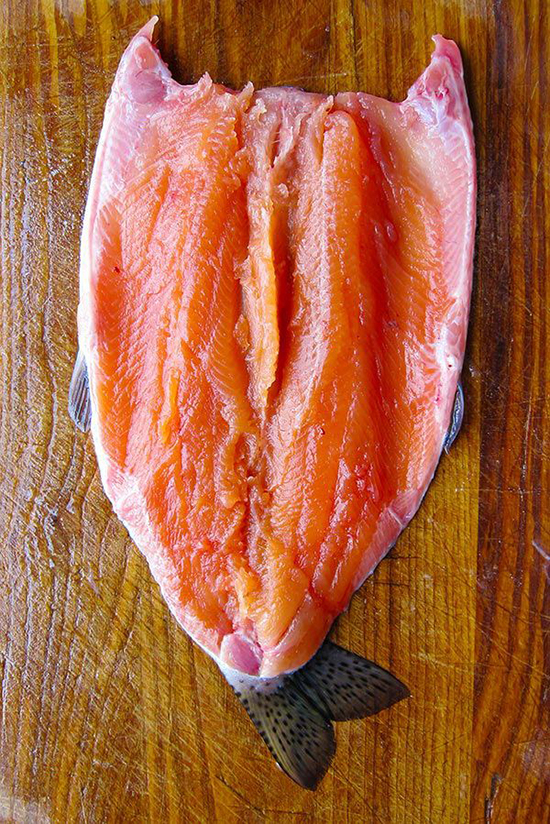
The creation of "Butterflied Fillets" has multiple culinary applications. Thanks to their wide and flat shape, they are suitable for grilling, frying, steaming, and are often used for sushi or hot pot dishes. "Butterflied Fillets" of fish also reduce cooking time as they are larger than regular "Fillets."
"Butterflied Fillets" offer convenience and versatility in preparing fish dishes. Their unique shape makes cooking easy and provides an enticing and flavorful experience for consumers.
9/ Fillet Portions
"Fillet Portions" is a term used to describe pieces of fish meat that have been divided into specific-sized and -weighted portions for convenience and to meet the needs of consumers and processing businesses.
When fish is processed into "Fillet Portions," the meat is separated from the bones and skin and then cut into uniform-sized pieces with predetermined dimensions and weights. This optimizes the cooking and serving process, providing convenience to consumers during meal preparation and consumption.
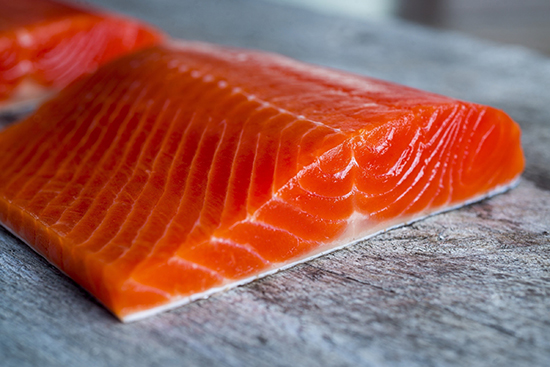
"Fillet Portions" come in various sizes to cater to the diverse demands of the market. Portions can be cut into smaller pieces for single servings or smaller appetites, or larger portions for groups or families.
Dividing fish meat into "Fillet Portions" optimizes ingredient usage and creates value-added fish products. For consumers, purchasing "Fillet Portions" offers convenience and flexibility in preparing a variety of delicious dishes.
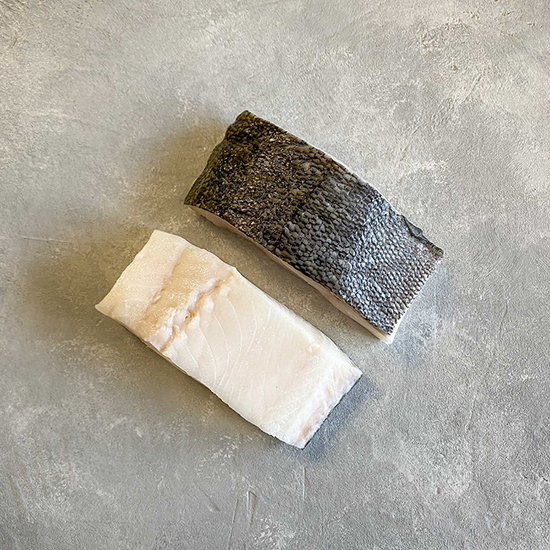
In summary, in the seafood industry, "Fillet Portions" refer to fish meat that has been divided into specific-sized and -weighted portions for convenience and to meet the diverse needs of consumers and processing businesses.
10/ Cheeks
"Cheeks" is a term used to refer to the meat around the fish's cheek area. This is a small yet highly flavorful and popular part of the fish commonly enjoyed in cooking.
The "Cheeks" are located on both sides of the fish's head, near the lower jaw. This area contains tender flesh with a distinctive fresh and flavorful taste of fish. "Cheeks" are usually separated from the fish's head after it has been "Headed & Gutted" (H&G) or processed into "Fillets" or "Steaks."
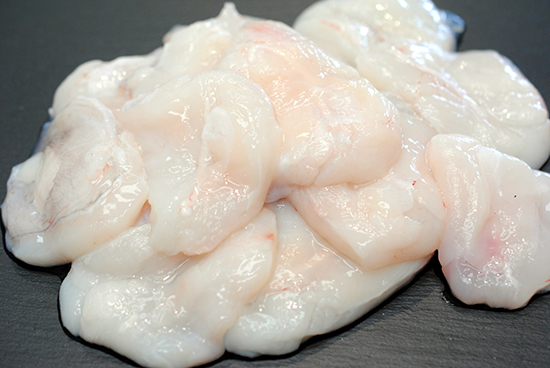
"Cheeks" are often used to create delicious and unique dishes. They can be grilled, fried, steamed, or used in soups, stews, and sushi. The "Cheeks" of the fish offer a special culinary experience and are an essential part of enjoying the characteristic flavor of fish.
Although "Cheeks" are small in size, they provide delectable and distinctive flavors to fish dishes. With their popularity and culinary value, "Cheeks" have become an appealing highlight in the preparation and enjoyment of delicious seafood dishes.
11/ Skin On
The term "Skin On" is used to indicate that a piece of fish meat still retains its outer skin after being separated from the bones.
When fish is processed and packaged as "Skin On," it means that the outer skin of the fish meat is still intact. Typically, the fish skin is cleaned and scales are removed before cooking, but in the case of "Skin On," the scales and skin remain.
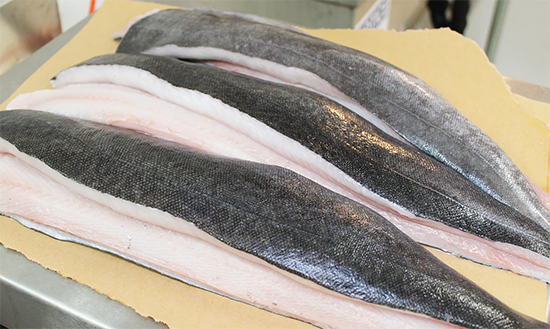
The processing of fish as "Skin On" has several advantages. Firstly, the fish skin can provide a distinct and crispy flavor profile when cooked. Secondly, retaining the skin helps protect the fish meat from becoming dry or crumbling during cooking. Lastly, "Skin On" enhances moisture retention and nutritional content in the fish meat.
Using "Skin On" or "Skin Off" (when the skin has been removed) depends on the type of dish you intend to prepare. Grilled or fried dishes often use "Skin On" to achieve a flavorful and visually appealing crispy skin, while steamed or stewed dishes may opt for "Skin Off" to reduce fat content and preserve the pure taste of the fish meat.
12/ Skinless/Skin Off
"Skin Off" is used to indicate that a piece of fish meat has been separated from the bones and the skin has been completely removed.
When fish is processed and packaged as "Skin Off," it means that the outer skin of the fish meat has been entirely removed. This process usually involves descaling and cutting away the skin, leaving behind tender skinless fish meat.
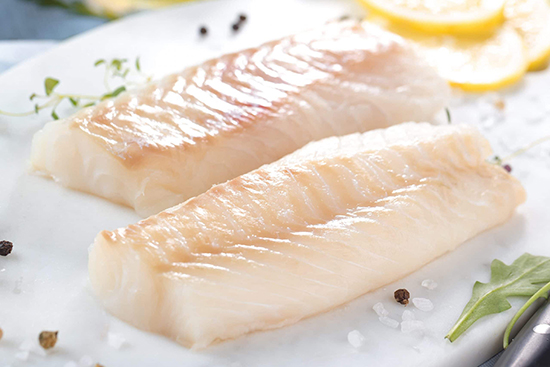
Removing the fish skin ("Skin Off") is often done to ensure that the fish meat doesn't have the sometimes unpleasant texture of skin when consumed or prepared. This is suitable for dishes like steaming, boiling, sushi, or when the skin might create an undesirable sensation when eating.
However, "Skin Off" processing may also result in losing some of the delicious and crispy skin's flavors. Therefore, the choice to retain or remove the skin depends on the type of dish you intend to prepare and personal preferences.
III/ Conclusion
Terminology related to fish processing in the seafood industry plays a crucial role in describing the processes involved from start to consumption. Terms like "Fillets," "Steaks," "Skin On," "Skin Off," "Butterflied Fillets," and many others refer to different ways of processing fish to create flavorful, convenient, and diverse fish meat products. By understanding these terms, consumers and experts in the seafood industry can enjoy the variety and deliciousness of fish dishes while ensuring that processed and consumed fish products maintain optimal quality and flavor. Through each concept, the intricate and complex craftsmanship of fish processing is demonstrated, reflecting respect for ocean resources and the precious food source that the sea provides.

